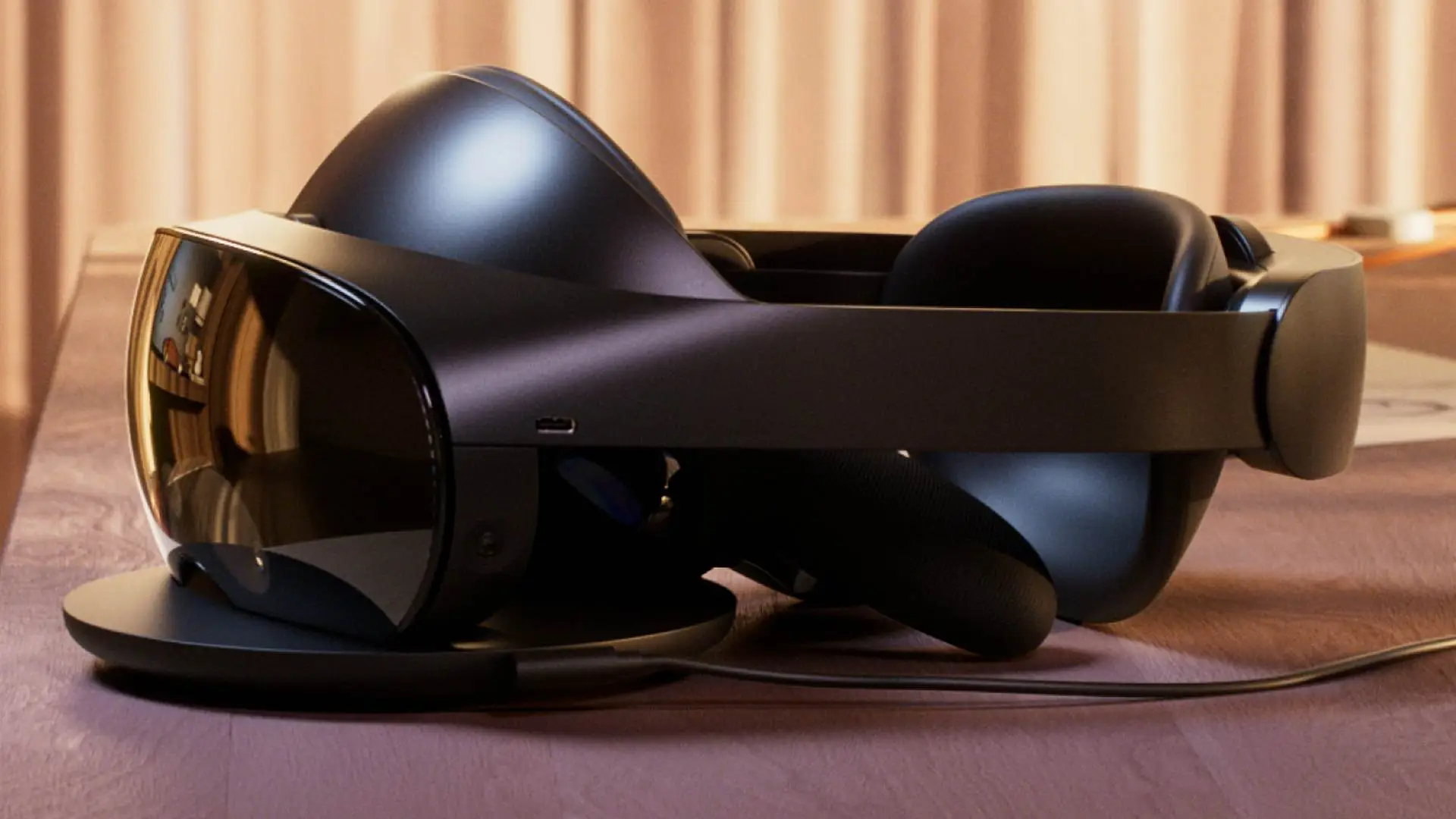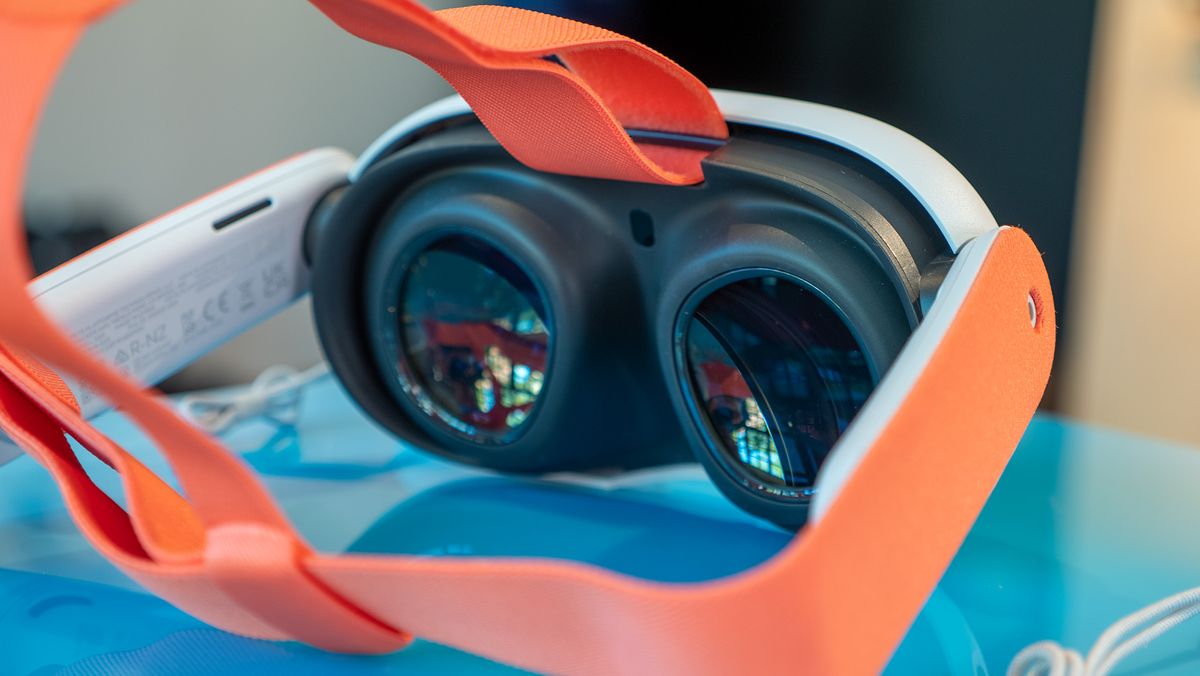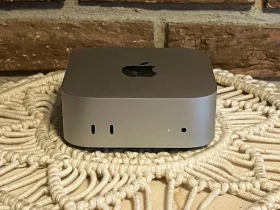Meta is set to release its next flagship consumer headset, the Quest 4, in 2026, with additional plans for a more affordable variant and a high-end competitor to Apple’s Vision Pro. According to The Information, the Quest 4 is expected to be accompanied by another headset, possibly the Quest 4S, which will offer a lower price point. This follows the anticipated release of a more budget-friendly version of the Quest 3, expected in September, marking a strategy to diversify their consumer headset offerings.
The two planned headsets for 2026, codenamed Pismo Low and Pismo High, aim to cater to different segments of the market. The Pismo Low is expected to be the Quest 4, while the Pismo High could be a more affordable variant.
This approach indicates Meta’s strategy to build on its existing lineup while addressing varying consumer needs and price points. The launch of these headsets would come two years after the rumored Quest 3S and three years following the Quest 3’s release.
Looking further ahead, Meta is reportedly working on a high-end headset codenamed La Jolla, slated for 2027. This device is intended to compete with Apple’s Vision Pro, which has set a high bar in terms of both functionality and price.

With the Vision Pro priced at $3,500, Meta’s planned La Jolla headset, even at a projected $2,000, could be positioned as a more affordable alternative, leveraging the benchmark Apple has established for productivity in XR devices.
Despite these ambitious plans, Meta is facing challenges with its Reality Labs division, which is responsible for its XR and metaverse projects. The company is reportedly aiming to cut Reality Labs’ spending by 20% due to ongoing costs exceeding revenue.
This financial pressure has led to significant organizational changes, including the dismissal of several senior executives, indicating a need to streamline operations amidst a complex and costly development environment.
Additionally, Meta is expected to introduce its first augmented reality glasses next year. These glasses, which may be an advanced version of the Ray-Ban smartglasses, are noted to feature a display only in the right lens. This suggests that the new product will focus more on augmented reality capabilities rather than offering a fully immersive AR experience.







Leave a Reply